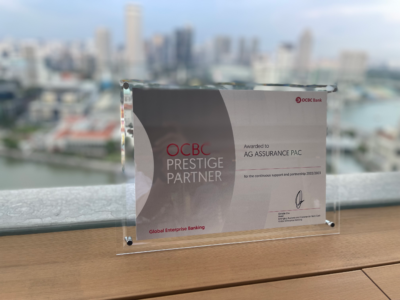Expanding or establishing your business in Singapore is a strategic decision, given its reputation as a gateway to Southeast Asia. For non-Singaporean entities looking to tap into this vibrant market, it’s crucial to understand the available options for company setup. This article delves into the process to register a foreign company in Singapore, highlighting the roles of audit services and accounting firms in Singapore in ensuring compliance and smooth operation.

Foreign Company Registration Options in Singapore: Subsidiary Company, Branch Office, and Representative Office.
Subsidiary Company in Singapore: A Preferred Choice for SMEs
A Subsidiary Company in Singapore is a locally incorporated private limited company, where the majority shareholder can be either a local or foreign entity. This structure is attractive for foreign investors due to several reasons:
- Ownership: Foreign entities can own 100% of the subsidiary, providing full control over the Singaporean operations.
- Legal Entity: It is considered a separate entity from its parent company, limiting liability and protecting the parent company’s assets from local debts and liabilities.
- Tax Efficiency: As a resident company, subsidiaries benefit from favorable tax treaties, government incentives, and access to local funding options.
When planning to incorporate a foreign company in Singapore as a subsidiary, it’s essential to comply with local regulations, including appointing a local director, maintaining a registered office, and ensuring the company’s name is approved by the Accounting and Corporate Regulatory Authority (ACRA).

Singapore Branch Office: Extending Your Business Reach
A Branch Office is seen as an extension of the foreign parent company rather than a separate legal entity. This setup is suitable for medium to large-sized businesses with specialized international operations:
- Business Activities: Branch offices can undertake activities within the scope of the parent company, with profits repatriable to the parent company.
- Taxation: They are taxed on Singapore-sourced income, with the foreign parent company liable for actions taken by the branch office.
- Legal Liability: The non-resident status means the parent company is fully liable for the branch’s actions, differing from the subsidiary’s separate legal entity advantage.
Setting up a Singapore branch office requires alignment with the parent company’s name and appointing a local authorized representative, among other regulatory compliances.

Singapore Representative Office: Testing the Waters
For entities aiming to explore the Singapore market without engaging in profit-making activities, a Singapore Representative Office offers a temporary, non-legal presence:
- Activity Limitations: It cannot conduct sales or enter into contracts but can perform market research and coordinate business activities.
- Staffing and Operations: It’s limited to staffing from the parent company and a maximum of five local support staff, with a maximum operation period of three years.
This option is ideal for companies wishing to understand the local business environment before making substantial investments.

Registration Procedure and Timeline
Engaging a professional corporate services provider is advised to streamline the foreign company registration process in Singapore, which is comprised of two main steps: name approval and entity registration. This efficient process can typically be completed within 1-2 days, assuming all documents are in order and due diligence is completed swiftly. The digital nature of Singapore’s registration process, including email notification of registration, reflects the city-state’s modern and efficient approach to business administration.
Bank Account Opening for Foreign Companies in Singapore
Post-registration, setting up a corporate bank account is a crucial step, with procedures varying across banks. Some may require the presence of directors or agents, highlighting the importance of personal engagement in financial matters.
Engaging Audit and Accounting Services
Regardless of the chosen setup, engaging a professional accounting firm in Singapore like AG Singapore is advisable. We can assist in navigating the complex regulatory landscape, ensuring compliance with local laws, and facilitating the smooth foreign company registration. From setting up the right structure to managing financial reporting and tax obligations, these services are invaluable for foreign companies aiming to incorporate in Singapore.
Why outsource to AG Singapore?
- OCBC Prestige Partner in Singapore: Recognized for outstanding corporate services.
- 5-Star Google Reviews: Achieved a top rating based on feedback from over 184 clients.
- Exceptional Track Record: Successfully incorporated over 200+ Private Limited (Pte Ltd) companies within a year.














